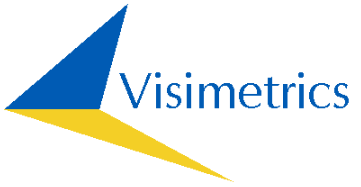Unlocking Performance: My Expert Experience with the 212 Predator Torque Converter
When I first delved into the world of performance upgrades for my vehicle, I quickly discovered the significance of torque converters in enhancing power and efficiency. Among the myriad options available, the 212 Predator Torque Converter caught my attention for its remarkable ability to transform the driving experience. This innovative component not only optimizes engine…
